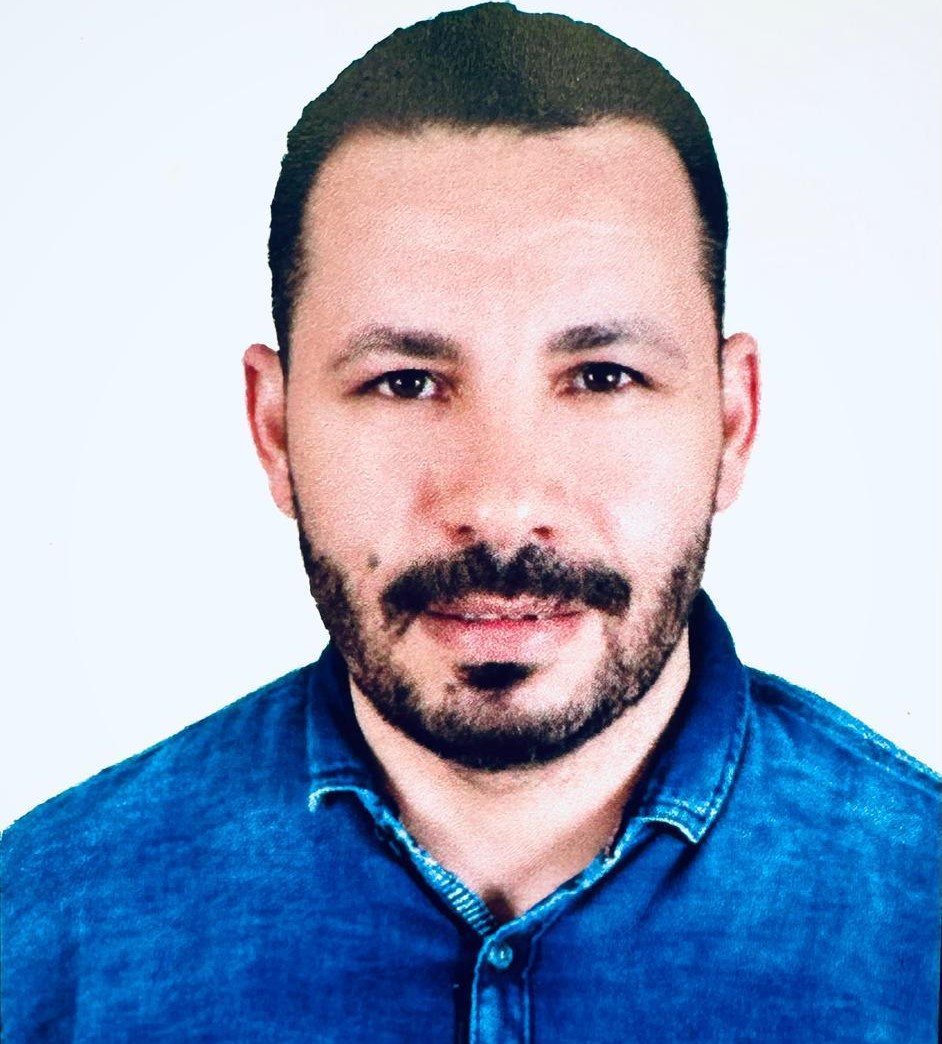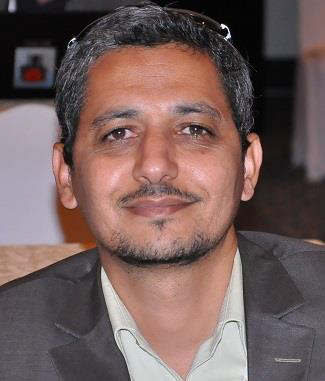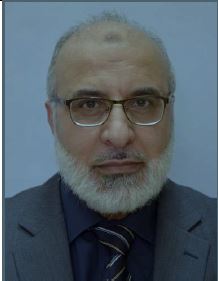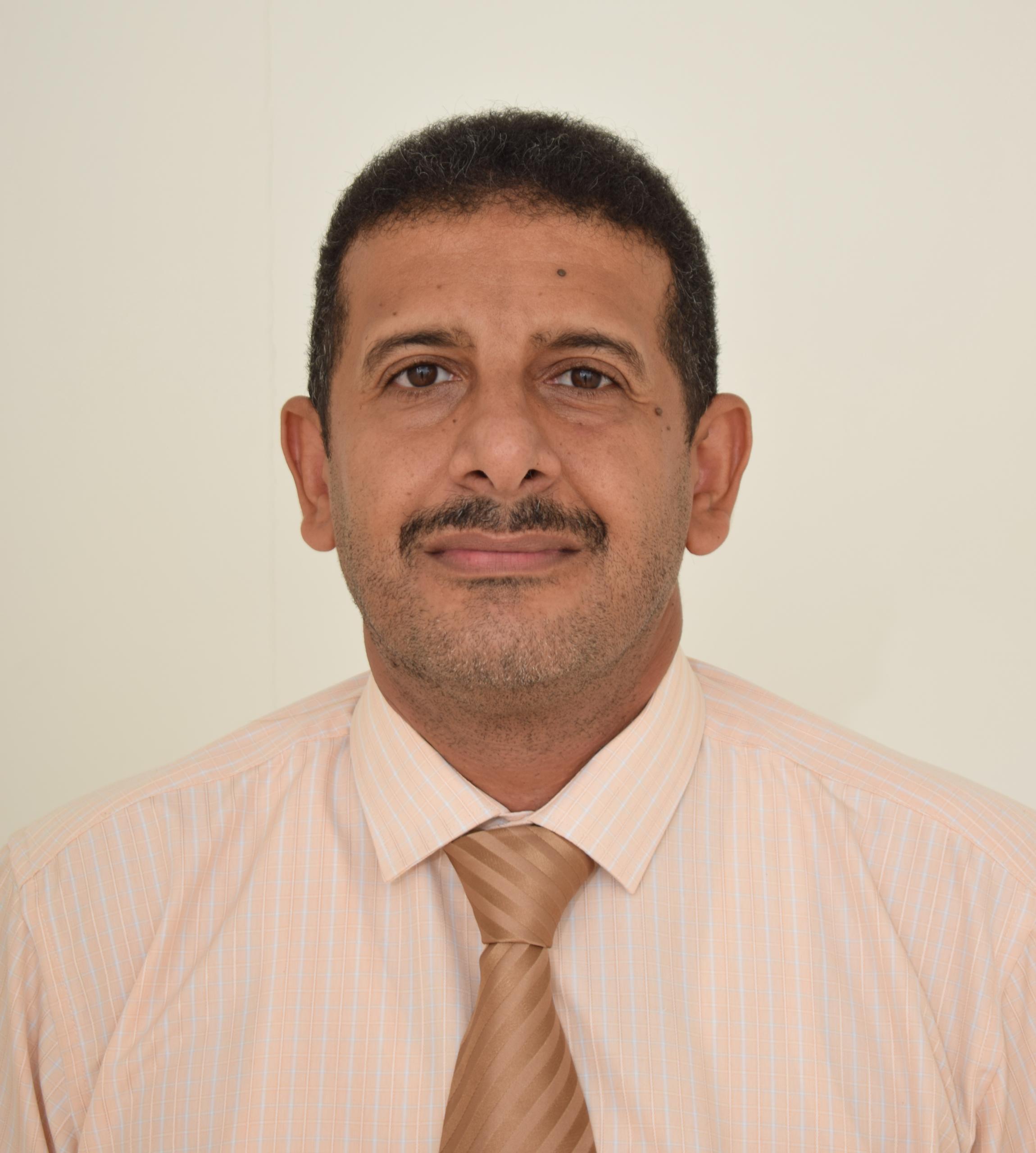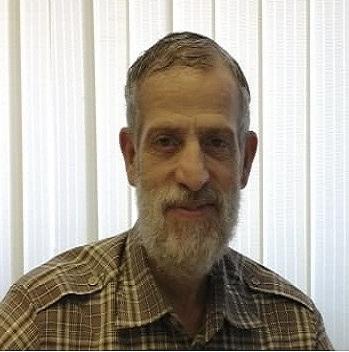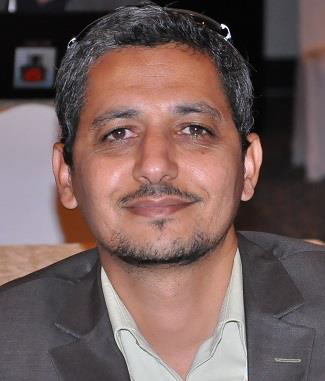
الرسالة الترحيبية
مرحباً بكم في موقع قسم الهندسة المدنية بجامعة فهد بن سلطان.
يتشرف القسم بكل إمكانياته الأكاديمية بأنه يقوم بتأهيل الطلاب ليصبحوا مهندسين على قدرٍ عالٍ من المعرفة والمهارة والمسؤولية، في ضوء الرؤية الطموحة للمملكة العربية السعودية
لتلبية متطلبات واحتياجات سوق العمل المحلى والعالمي، وليصبحوا مؤهلين لمرحلة متقدمة من نيل درجة علمية عالية في مراحل الدراسات العليا ( الماجستير ).
د/أبو القاسم دياب.
أستاذ ورئيس القسم
المجلس الاستشاري للقسم
يلعب مجلس الاستشاري لقسم الهندسة المدنية دورًا حيويًا في تطوير وتعزيز القضايا المختلفة المتعلقة ببرامج البكالوريوس والدراسات العليا، ومبادرات البحث، والأنشطة المجتمعية. يعمل كحلقة وصل لتعزيز العلاقات والتعاون مع الجمهور والمجتمع المهني، بينما يعمل أيضًا كأداة تقييم استباقية للبرامج الأكاديمية المقدمة. بالإضافة إلى ذلك، يوفر المجلس منصة للتبادل المنتظم للآراء المتعلقة بالتخطيط والتطوير طويل الأجل بهدف تعزيز معايير ومكانة مهنة الهندسة المدنية. علاوة على ذلك، يوفر إطارًا لتقديم التوصيات أو التوصية بالمعرفة والمهارات اللازمة لضمان التوافق مع الأدوار الوظيفية للخريجين.
أعضاء مجلس الاستشاري الحاليين هم:
- المهندس أوفي فرايتاغ (مدير خدمات الهندسة في نيوم)
-
المهندس أحمد محمد اليامي(مدير أول للتخطيط والجدولة وإعداد التقارير)
-
الدكتور عبد الرحمن المنبهي(مدير الأكواد والمواصفات العامة للبناء – نيوم)
-
المهندس أحمد الشهراني(مدير التخطيط – مكتب إدارة المشاريع – نيوم)
- المهندس عمرو محمد (خريج) (مهندس مواد / شركة أبلس)






